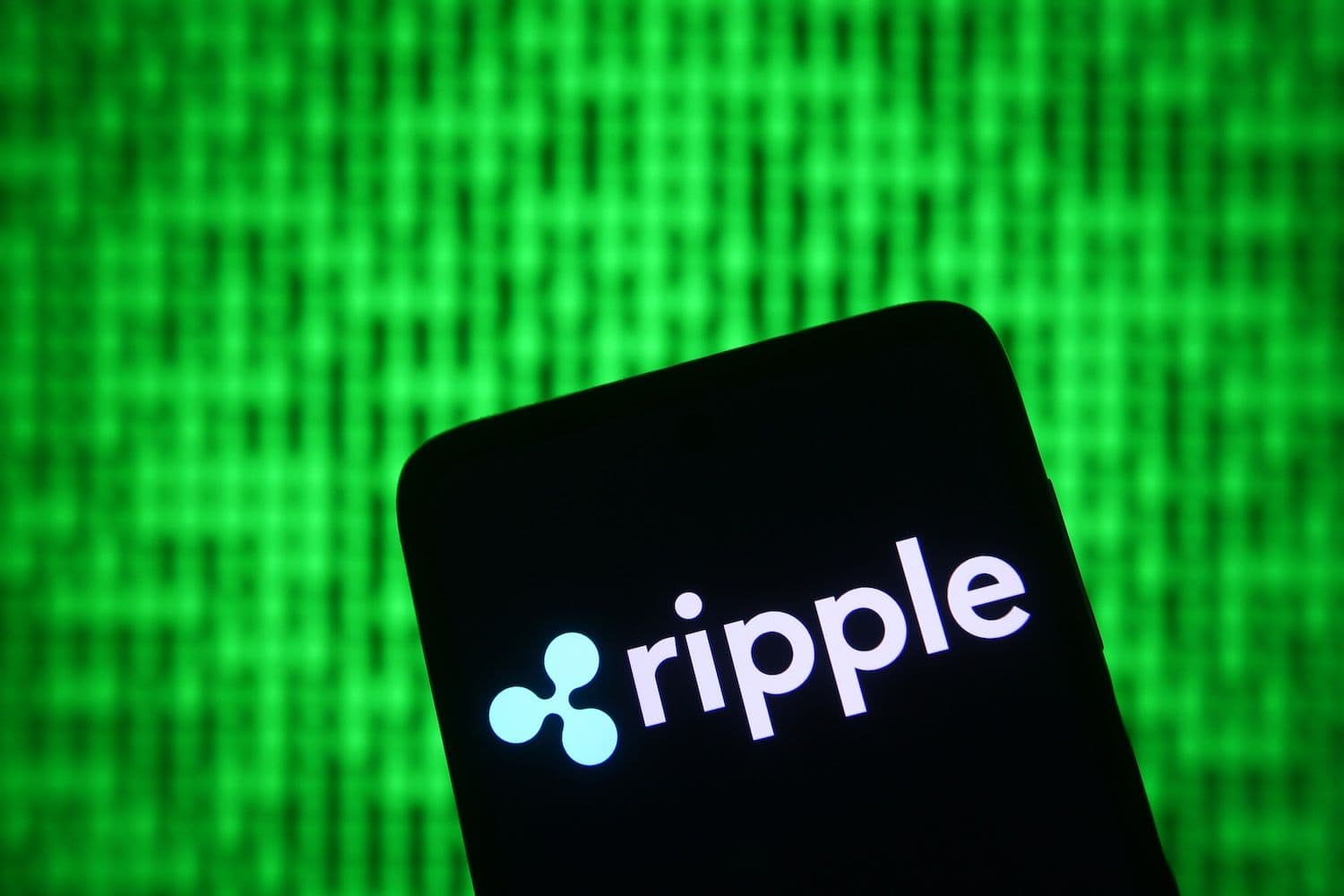Ripple CEO Brad Garlinghouse announced at the XRP APEX 2025 event in Singapore that XRP could capture 14% of SWIFT's transaction volume within five years. The projection centers on XRP's potential to dominate liquidity solutions rather than messaging infrastructure in cross-border payments. XRP currently trades at $2.31 with a market capitalization of $136 billion, ranking as the fourth-largest cryptocurrency.
What to Know:
- Ripple's CEO believes XRP can capture 14% of SWIFT volume by focusing on liquidity solutions rather than messaging systems
- XRP currently holds the fourth position among cryptocurrencies with a $136 billion market cap and trades at $2.31
- The projection reflects broader institutional interest in blockchain alternatives to traditional cross-border payment systems
Strategic Focus on Liquidity Over Messaging
Garlinghouse's ambitious timeline reflects Ripple's strategic pivot toward liquidity solutions in global finance. The CEO distinguished between SWIFT's two primary functions during his Singapore presentation, emphasizing that messaging represents only half the equation in cross-border transactions.
"There are two parts to SWIFT today: messaging and liquidity," Garlinghouse stated. "Liquidity is owned by the banks. I think less about the messaging and more about liquidity. If you're driving all the liquidity, it is good for XRP… so I'll say five years, 14%."
This approach positions XRP as a direct competitor to traditional banking liquidity networks rather than messaging protocols. SWIFT currently dominates interbank messaging for international payments, but Garlinghouse argues the real value lies in money movement capabilities.
The distinction proves crucial for understanding Ripple's market strategy. While other blockchain projects focus on replacing messaging infrastructure, Ripple targets the underlying liquidity layer that determines transaction speed and cost. This focus could provide competitive advantages in institutional adoption.
Tokenized Assets and Market Positioning
Ripple's Chief Legal Officer reinforced the company's growth projections at the same Singapore event. He predicted rapid expansion in tokenized global assets, stating that "hundreds of billions of tokenized global assets [will emerge] fairly quickly."
The prediction aligns with broader industry trends toward asset tokenization. Major financial institutions increasingly explore blockchain-based alternatives to legacy systems, creating potential demand for XRP's liquidity solutions.
XRP's current market position supports these ambitious projections. The cryptocurrency has gained 3% over the past week and 1% in the last day, maintaining its fourth-place ranking on CoinMarketCap. The $136 billion market capitalization provides substantial liquidity for institutional use cases.
Recent speculation about Ripple-SWIFT collaboration adds credibility to Garlinghouse's timeline. Industry sources reported in April that banks have tested XRP's compatibility with existing SWIFT networks. A former SWIFT employee claimed these tests demonstrated technical feasibility for integration or replacement scenarios.
Market Impact and Future Outlook
The 14% volume projection carries significant implications for global finance architecture. SWIFT processes trillions of dollars in daily transactions, making even a fraction of that volume substantial for XRP adoption.
Garlinghouse's timeline coincides with increasing institutional interest in cryptocurrency solutions for cross-border payments. Traditional correspondent banking faces pressure from regulatory costs and settlement delays, creating opportunities for blockchain alternatives.
The focus on liquidity rather than messaging infrastructure could accelerate adoption among financial institutions. Banks maintain existing SWIFT messaging relationships while potentially adopting XRP for actual money movement, reducing implementation barriers.
Closing Thoughts
Ripple's projection of capturing 14% of SWIFT volume within five years represents an ambitious but strategically focused approach to disrupting cross-border finance. The emphasis on liquidity solutions rather than messaging infrastructure could provide a clearer path to institutional adoption in the evolving digital asset landscape.

